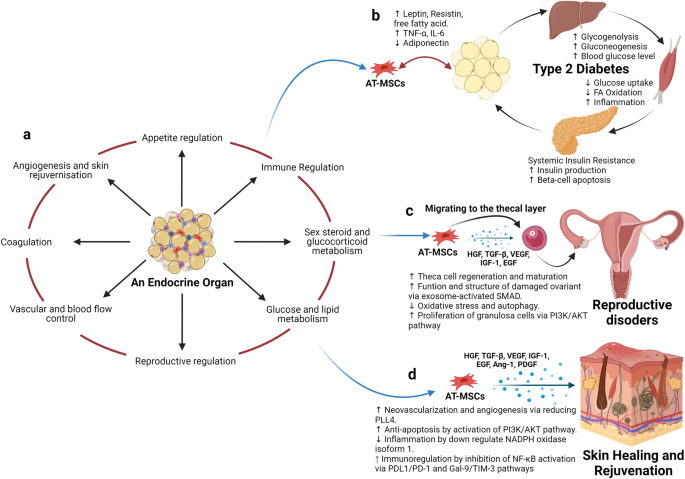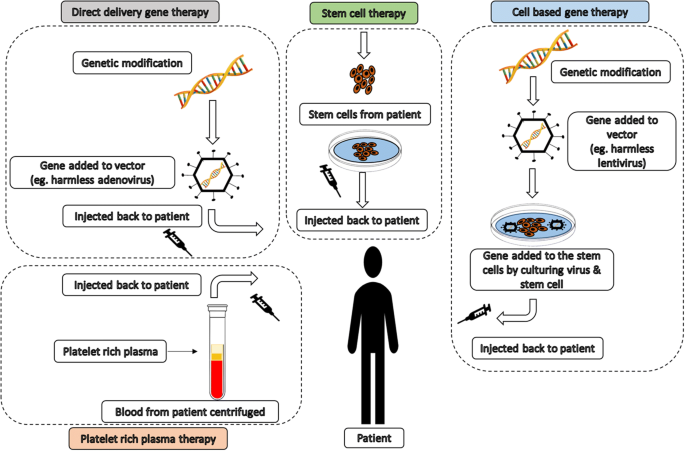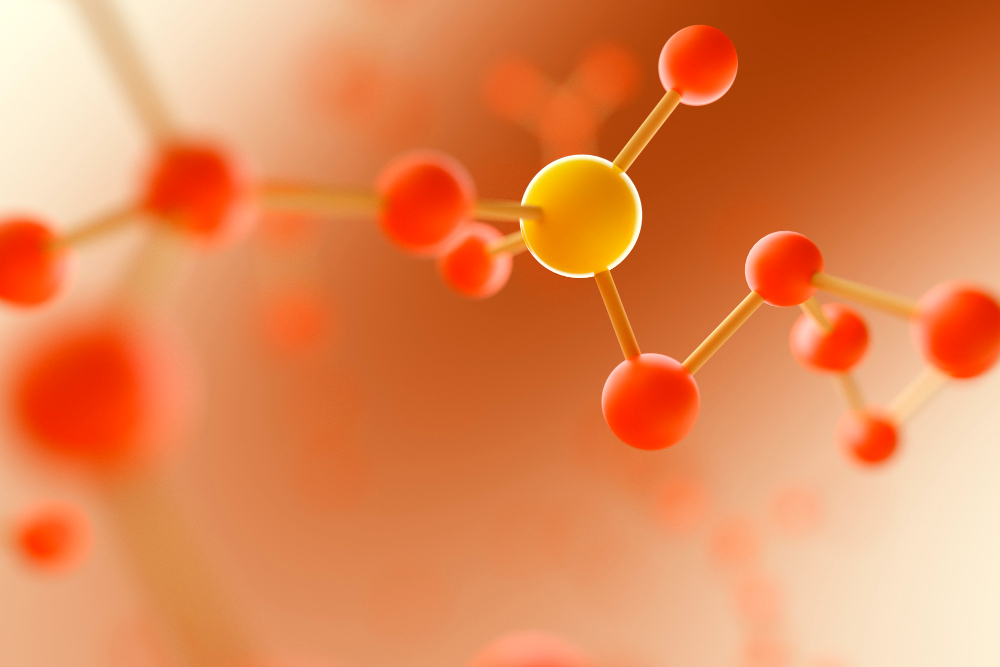Table of Contents

[/image][=video]
[/video]
There are many types of stem cells. As a whole, the term stem cell describes a group of cells that offer rise to various other cells (like skin, blood, heart, and muscular tissue cells) by replicating and setting apart in response to chemical cues. Totipotent stem cells appear at the earliest stage of development and are the only stem cells which can create beginning stem cells and the placenta.
Bone marrow transplant (BMT) is an unique treatment for individuals with particular cancers or other illness. A bone marrow transplant involves taking cells that are typically located in the bone marrow (stem cells), filtering those cells, and providing them back either to the contributor (individual) or to one more person. The goal of BMT is to transfuse healthy and balanced bone marrow cells into an individual after his/her very own unhealthy bone marrow has been treated to eliminate the uncommon cells.
Bone marrow is the soft, squishy cells located inside bones. It is where most of the body's blood cells establish and are kept. The blood cells that make other blood cells are called stem cells. One of the most primitive of the stem cells is called the pluripotent stem cell. This is different than other blood cells with respect to the complying with homes: It is able to recreate one more cell identical to itself.
It is the stem cells that are required in bone marrow transplant. The goal of a bone marrow transplant is to treat lots of conditions and sorts of cancer cells. When the doses of chemotherapy or radiation needed to treat a cancer cells are so high that a person's bone marrow stem cells will be completely damaged or destroyed by the treatment, a bone marrow transplant may be required.
Stem Cell Therapy in Royal Oak
This process is usually called rescue. Replace bone marrow with genetically healthy functioning bone marrow to prevent more damages from a hereditary illness process (such as Hurler's disorder and adrenoleukodystrophy). The threats and benefits should be evaluated in an extensive discussion with your medical care company and experts in bone marrow transplants before the treatment.
There are different kinds of bone marrow transplants depending on who the contributor is. The various kinds of BMT include the following: The contributor is the client himself or herself. Stem cells are taken from the individual either by bone marrow harvest or apheresis (a process of collecting outer blood stem cells), frozen, and then repaid to the individual after extensive therapy.
The benefactor shares the same hereditary type as the person. Stem cells are taken either by bone marrow harvest or apheresis from a genetically matched donor, generally a bro or sister. Other contributors for allogeneic bone marrow transplants might consist of the following: A haploid-identical suit is when the contributor is a parent and the genetic match is at the very least half the same to the recipient.

Matching includes inputting human leukocyte antigen (HLA) cells. The antigens on the surface of these unique leukocyte identify the hereditary make-up of an individual's body immune system. There go to the very least 100 HLA antigens; nonetheless, it is believed that there are a few major antigens that identify whether a contributor and recipient match.
Clinical study is still checking out the duty all antigens play in the process of a bone marrow transplant. The more antigens that match, the far better the engraftment of donated marrow. Engraftment of the stem cells occurs when the contributed cells make their means to the marrow and begin making new blood cells.
Regenerative Therapy servicing Royal Oak
All people work with each other to give the finest possibility for a successful transplant. The group consists of the following: Medical care providers who specialize in oncology, hematology, immunology, and bone marrow transplant.
Professionals that will aid you meet your nutritional requirements before and after the transplant. A number of other group participants will certainly review you prior to hair transplant and will provide follow-up treatment as required.

A complete medical history and physical examination are done, consisting of several examinations to review the individual's blood and body organ features (as an example, heart, kidney, liver, and lungs). A client will frequently come into the transplant center up to 10 days before transplant for hydration, evaluation, placement of the central venous line, and various other preparations.
Blood products and medications will certainly be offered through the catheter during treatment. For an allogeneic transplant, an appropriate (tissue keyed in and matched) donor needs to be offered. Locating a matching donor can be a tough and prolonged procedure, specifically if a brother or sister suit is not offered. Voluntary marrow contributors are signed up in a number of national and worldwide computer registries.
Benefactor sources available include: self, sibling, parent or loved one, nonrelated person, or umbilical cable from an associated or nonrelated person. There are nationwide and international pc registries for nonrelated people and cable blood. Some relative might be typed since of the wish to aid. These relatives might or might not choose to have their type registered for usage with various other receivers.
Perimenopause Treatment servicing Royal Oak
Tests connected to his or her health and wellness, exposure to viruses, and genetic evaluation will certainly be done to establish the level of the match. The contributor will certainly be given instructions on how a bone marrow contribution will be made. As soon as a suit for a patient needing a bone marrow transplant is found, then stem cells will certainly be accumulated either by a bone marrow harvest.
Or by an outer blood stem cell collection. This is where stem cells are collected from the circulating cells in the blood.
Navigation
Latest Posts
Regenerative Therapy servicing Royal Oak
Regenerative Therapy around Royal Oak, Michigan
Hormone Therapy around Royal Oak, Michigan